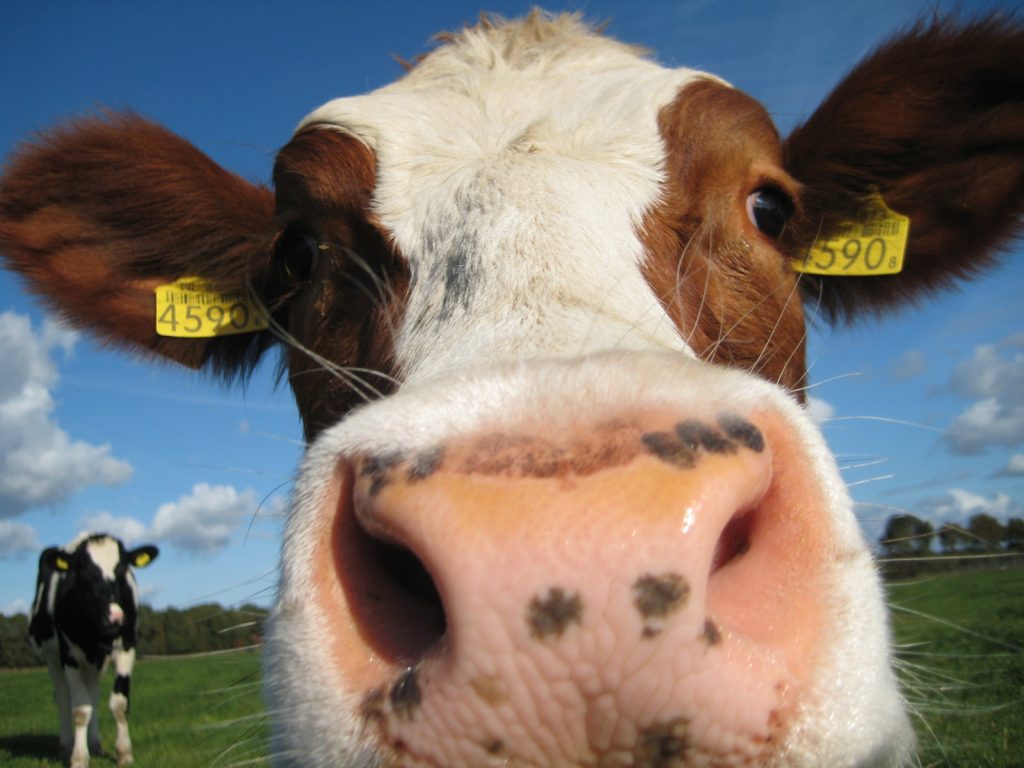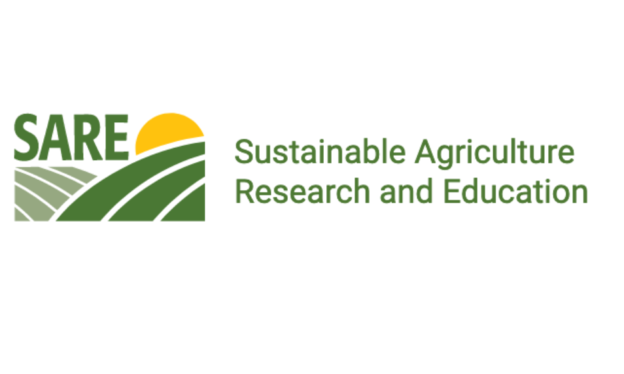The role of H-2A foreign labor is assessed as whether it is: mere supplier of incremental/supplementary workers, optional/potential competitors of local farm work, or inevitable labor inputs. Based on farm needs, the assessment of the H-2A program patronage trends are analyzed under two scenarios: current program guidelines vs. proposed modifications (e.g., potential cost-effective program alternatives).
Empirical and anecdotal evidence establish that U.S. farms operate under a tightening labor market where the domestic workforce is unwilling to take on farm jobs. In recent years, farms increasingly relied on the H-2A program for sourcing contractual foreign workers. H-2A utilization trends indicate that crop farms accounted for 80-90 percent of H-2A workers hired since 2010. Conversely, livestock farms accounted for only 4-8 percent. This is partially attributed to the livestock production cycle: although many ranch operations are labor intensive, the industry’s need for year-round labor cannot be filled by seasonal, temporary H-2A work contracts.
Recently, the Farm Workforce Modernization Act (FWMA) was passed by the US Congress and is awaiting Senate’s approval. If enacted, FWMA will introduce H-2A program amendments, including lengthening workers’ initial stay to 3 years. This project will investigate if FWMA’s proposed amendments will encourage cattle-dairy farms to hire more H-2A workers. Moreover, we will validate whether livestock farms’ historically-low H-2A employment can be attributed to factors outside the H-2A program (e.g., labor market dynamics, structural, demographic, and behavioral conditions).
This project offers an important regional perspective in understanding the cattle-dairy farms’ labor hiring predicament. A Midwestern perspective is introduced in our project, through our academic and farmer collaborators from Wisconsin—home of 23 percent of all U.S. dairy farms and second-largest milk producer. A comparative analysis of Southern and Midwestern models will shed light on important regional differences in market dynamics, behavioral, economic, and social conditions. This variation is necessary to tease out the relative importance of each factor in determining reliance on H-2A labor.

